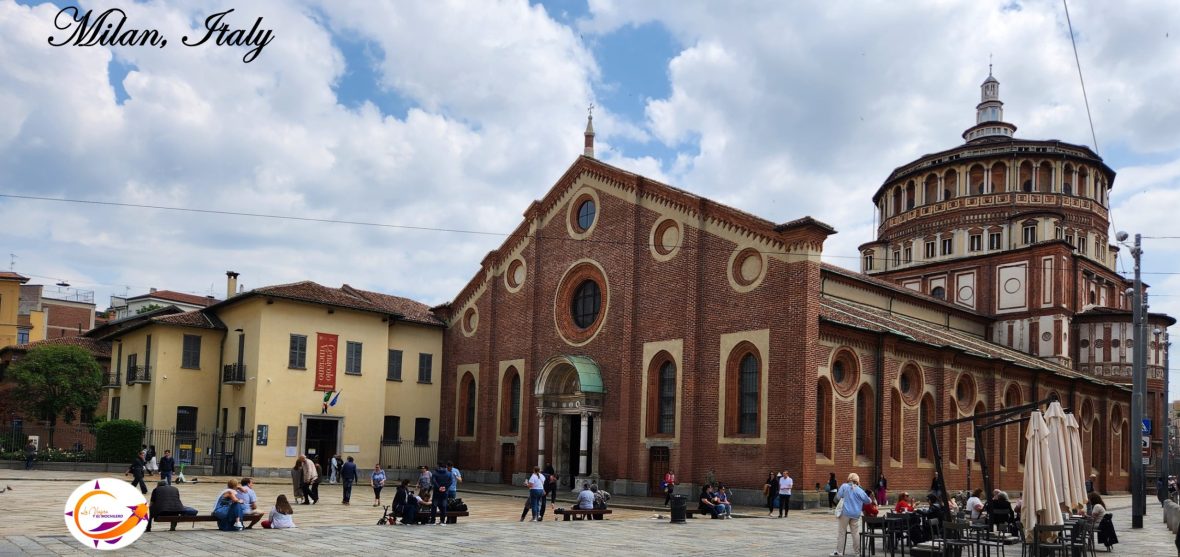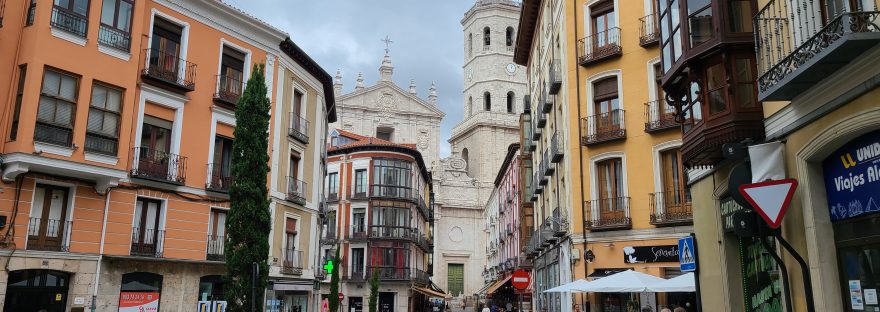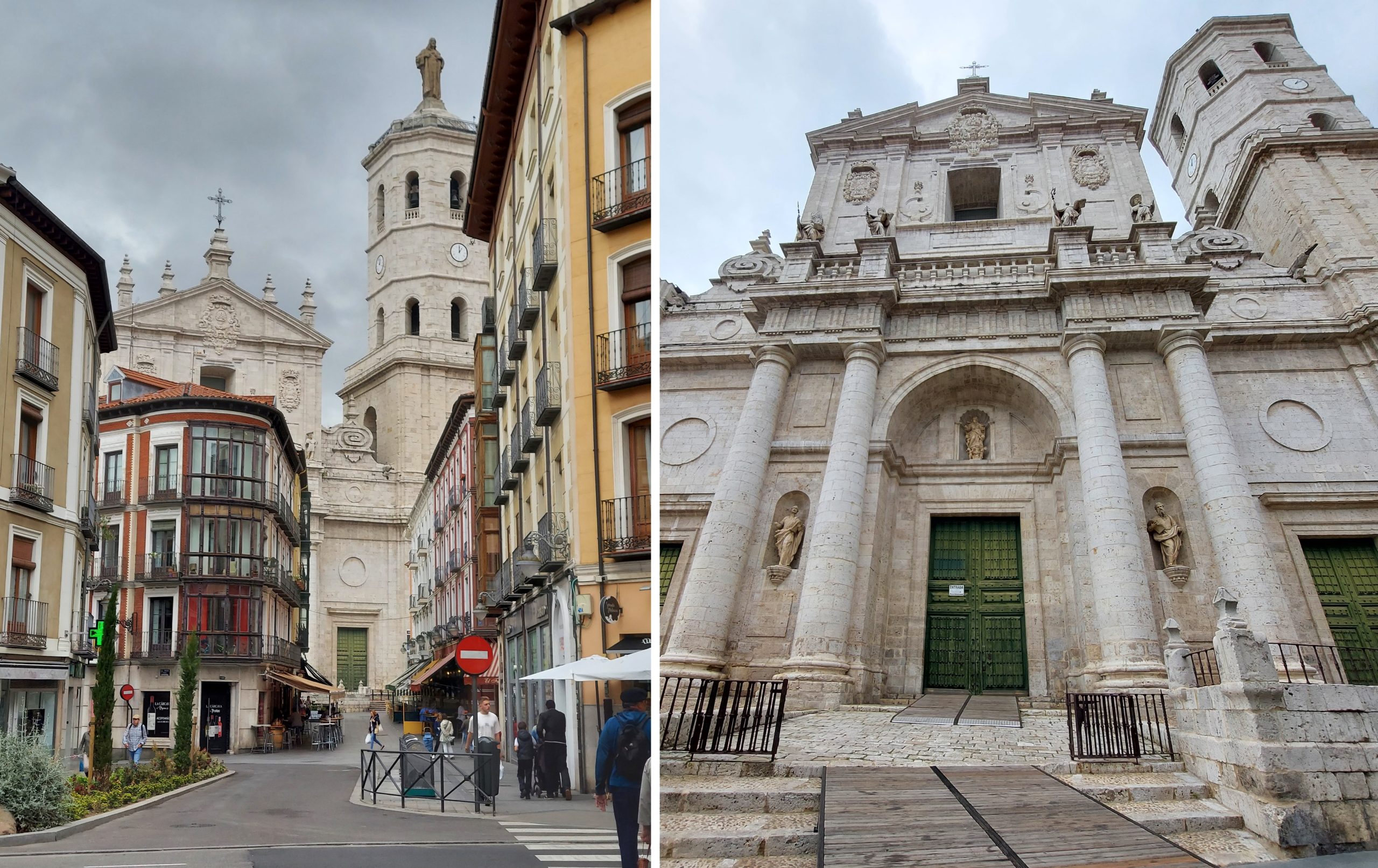
From the entrance to Regalado Street, the façade and tower of the Cathedral of Our Lady of the Assumption of Valladolid can be seen in the background. It is located in the center of the city, in a slightly elevated area, near the church of Santa María de la Antigua. The Cathedral was built in the 16th century on the site of the third Gothic Collegiate Church, following the plans of Juan de Herrera de Maliaño, a Spanish architect, mathematician, geometrician and military man, considered one of the greatest exponents of Hispanic Renaissance architecture. The temple obtained the category of cathedral in 1595.
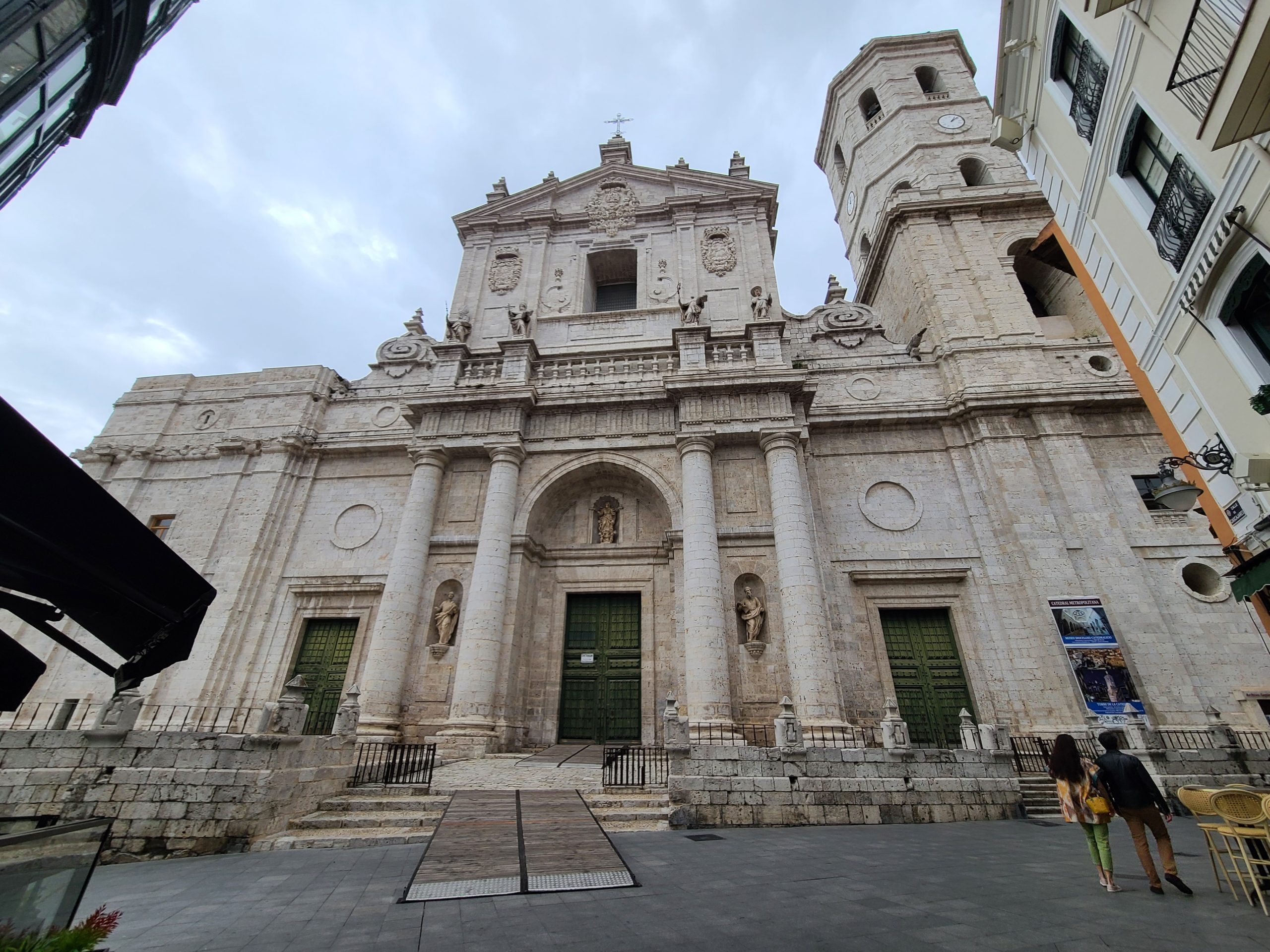
The Cathedral of Valladolid is known as “La Inconclusa” or “the Unfinished” , since it was an ambitious project by Juan de Herrera that was remains incomplete due to the financial problems at the time. The temple, as originally planned, would have been one of the largest Christian constructions of the time. The construction work lasted until the 18th century, when Alberto Churriguera, a Spanish architect specializing in the Baroque style, took up the Herrera design and gave the main façade the Baroque style that can be seen today. The building is built only up to the transept and in the original proposal there were to be four towers, but only one was built.
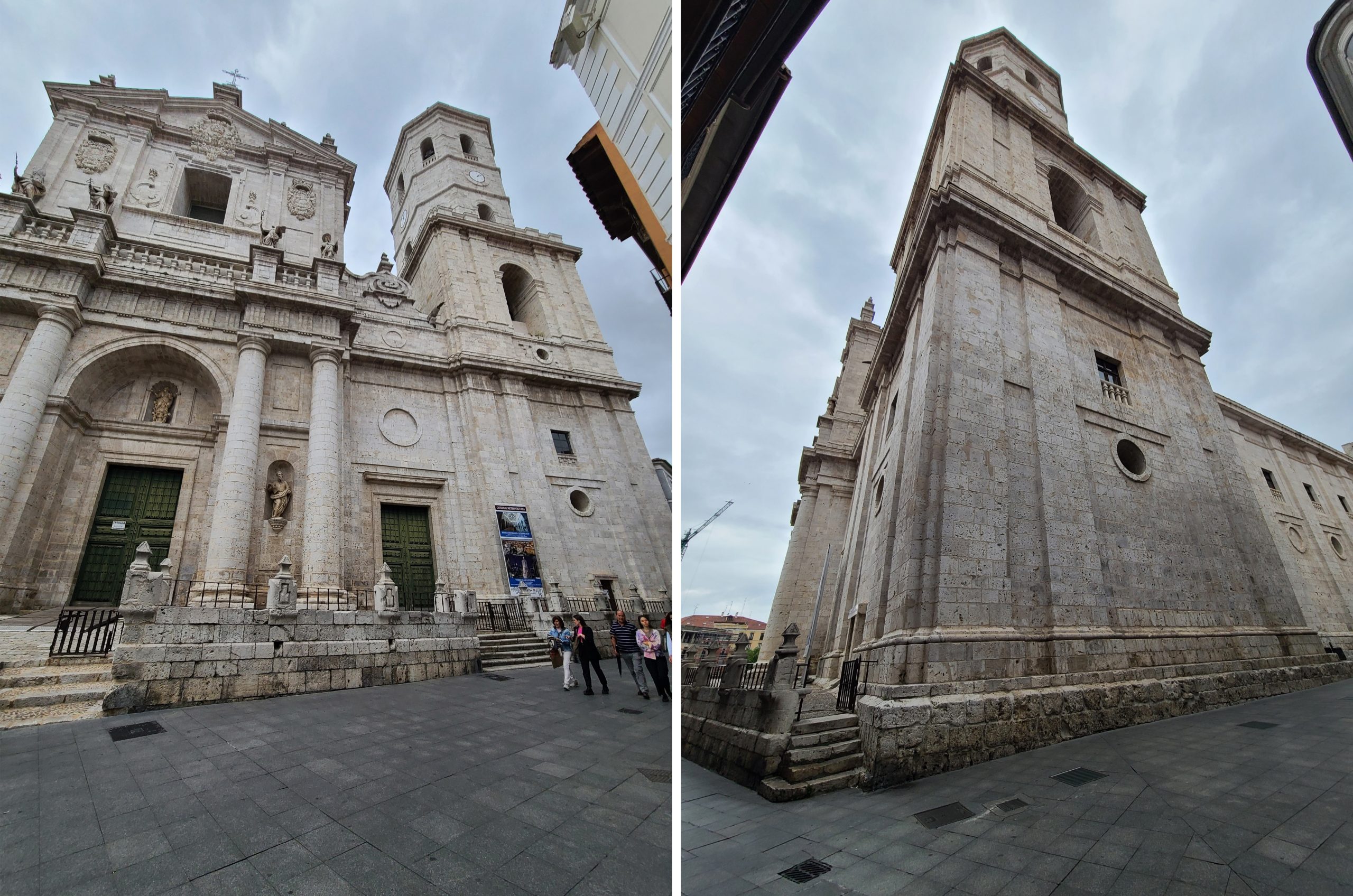
The tower, originally built, was badly damaged by the Lisbon earthquake of 1755, and ended up sinking in 1841. Ignoring Juan de Herrera’s project, the current tower was erected between 1880 and 1890, on the opposite side where the fall was located. This tower is octagonal in shape and has been crowned since 1923 by the statue of the Sacred Heart of Jesus.
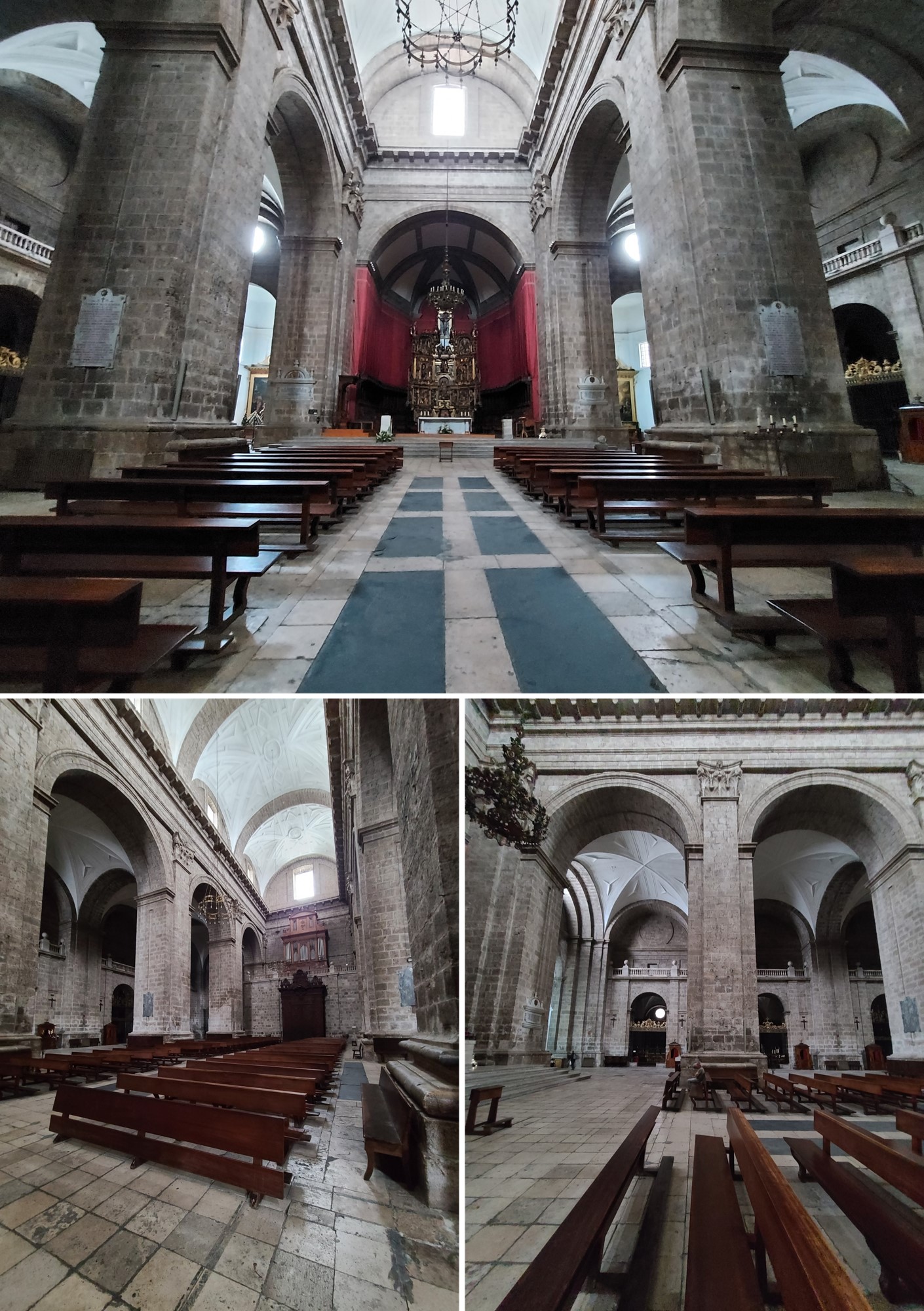
Once inside, the cathedral presents a purist and sober style, corresponding to Herrerian classicism. The temple currently has three naves of four bays in the place where the transept would have been. Inside, rows of pillars with Corinthian pilasters support rows of semicircular arches. The naves of the Cathedral of Valladolid are covered by groin vaults.

The few decorative elements that it contains are composed of some altarpieces, standing out mainly in the “provisional” Main Chapel of the XVII century that of Juan de Juni, a Franco-Spanish sculptor, specialized in Castilian sculpture. De Juni had a large and extensive work done mostly in Valladolid during the more than thirty years he remained in this city. This altarpiece was originally made for the Church of Santa María de La Antigua.
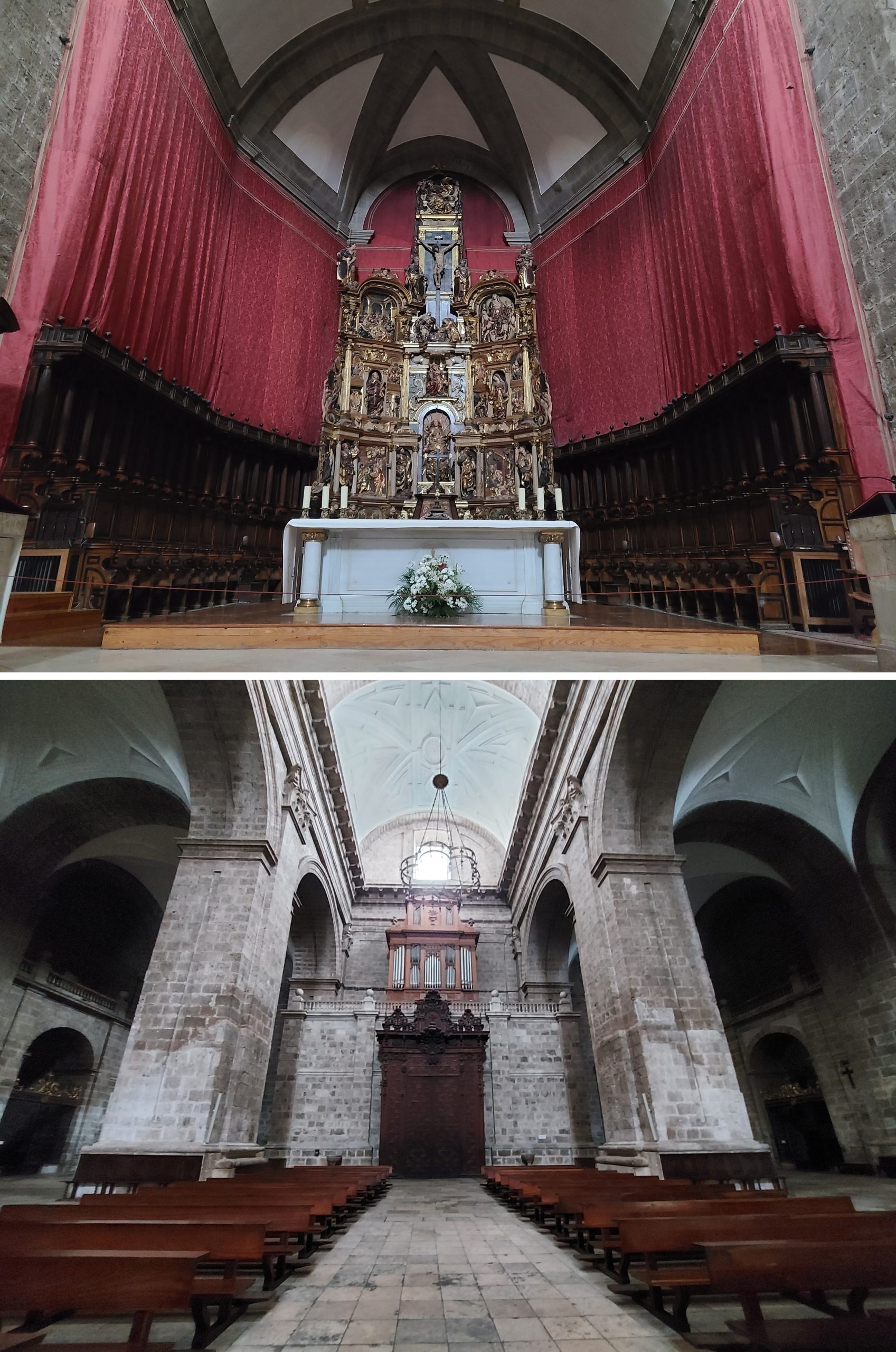
In the Main Chapel there are also the choir stalls, distributed in two symmetrical groups flanking the altarpiece by Juan de Juni. The Amezua Organ is preserved, on its rostrum built in 1928, at the foot of the cathedral.
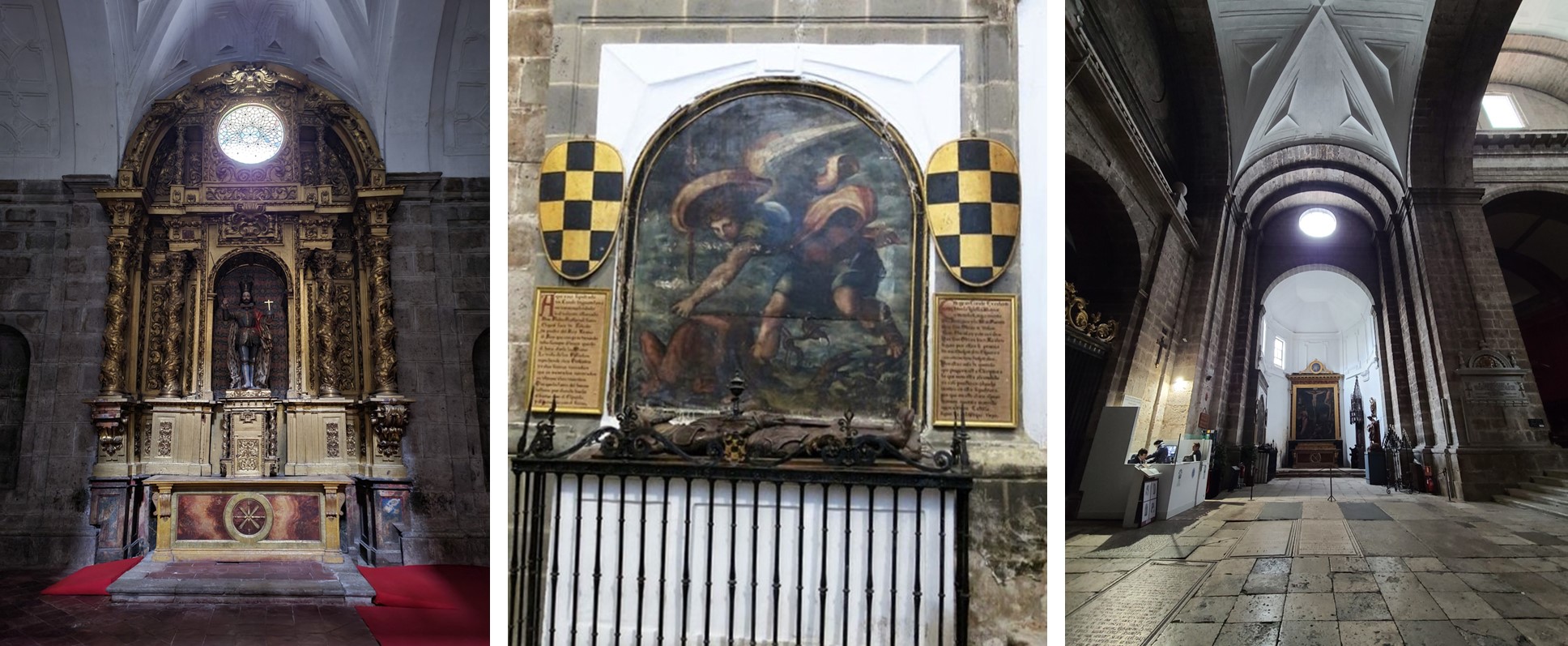
Among the many chapels that the Cathedral of Valladolid has, the following stand out: Chapel of San Fernando, Chapel of San Pedro Regalado, the Chapel of San José, the Chapel of the Sagrario, the Chapel of the Baptistery and the Sepulcher of Count Ansúrez.
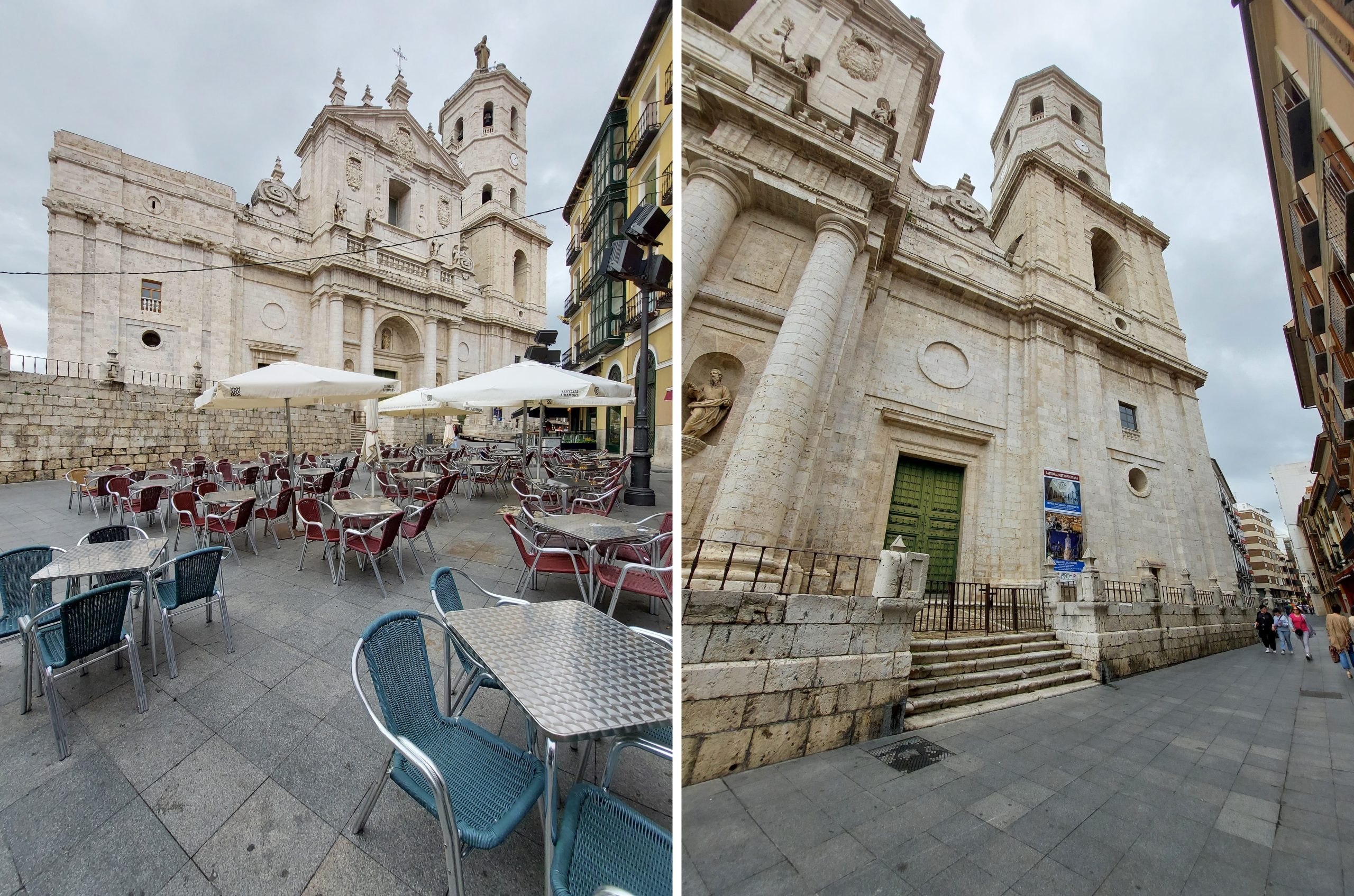
Although on our visit, we did not have the opportunity to climb the Tower of the Cathedral of Valladolid, we were confirmed that the panoramic views of the city are spectacular. The best thing is that you go up by means of a panoramic elevator to the Cathedral’s viewpoint, more than 60 meters high. In addition, here you have the opportunity to have a close look at the bell tower and the clock machinery.
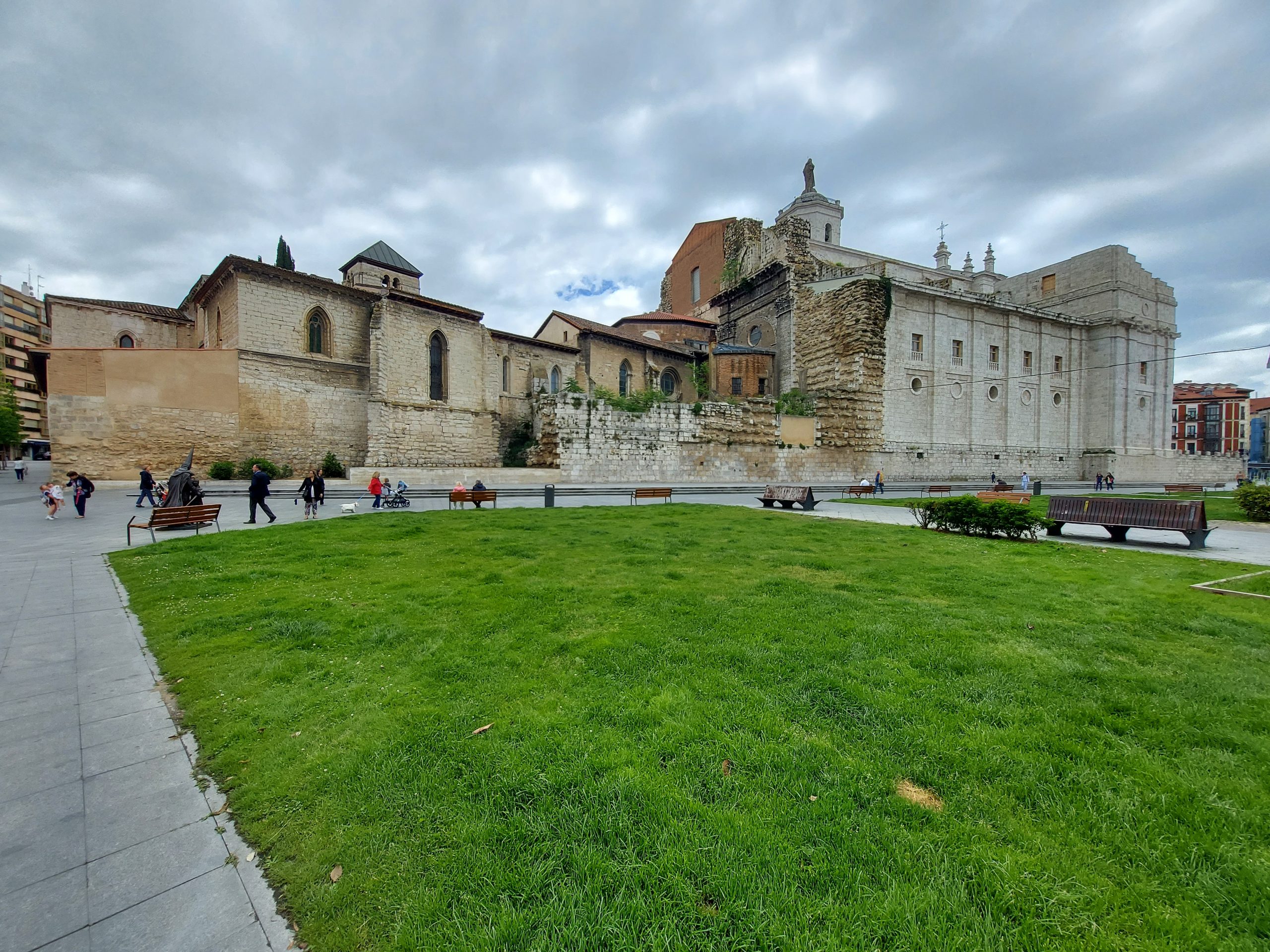
View from the west (Portugalete square). You can see the Herrerian building completed up to the transept, the stump of the tower sunk in 1841 with the cornice shattered by the effect of falling stones and the ruins of the late medieval collegiate church. The Cathedral also houses the Diocesan and Cathedral Museum, which was inaugurated in 1965 and is located in the remains of the old cathedral.
